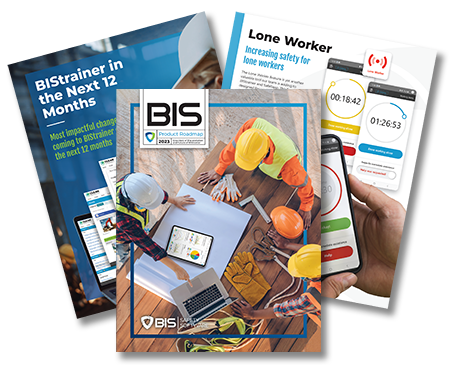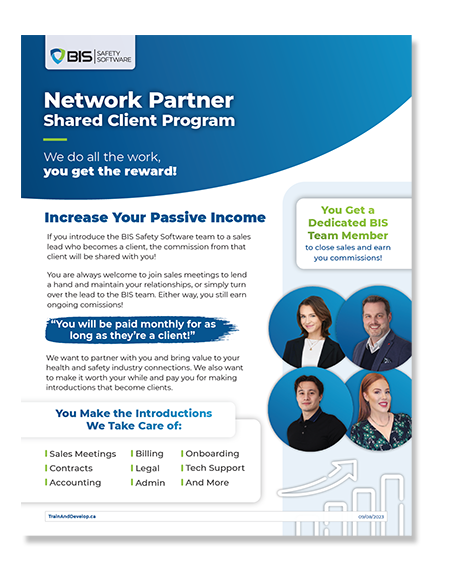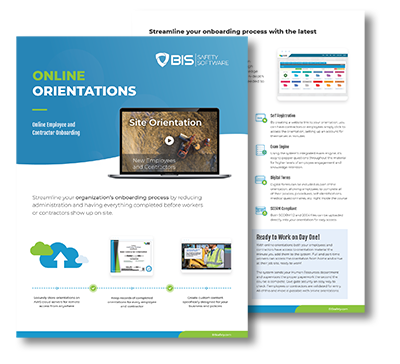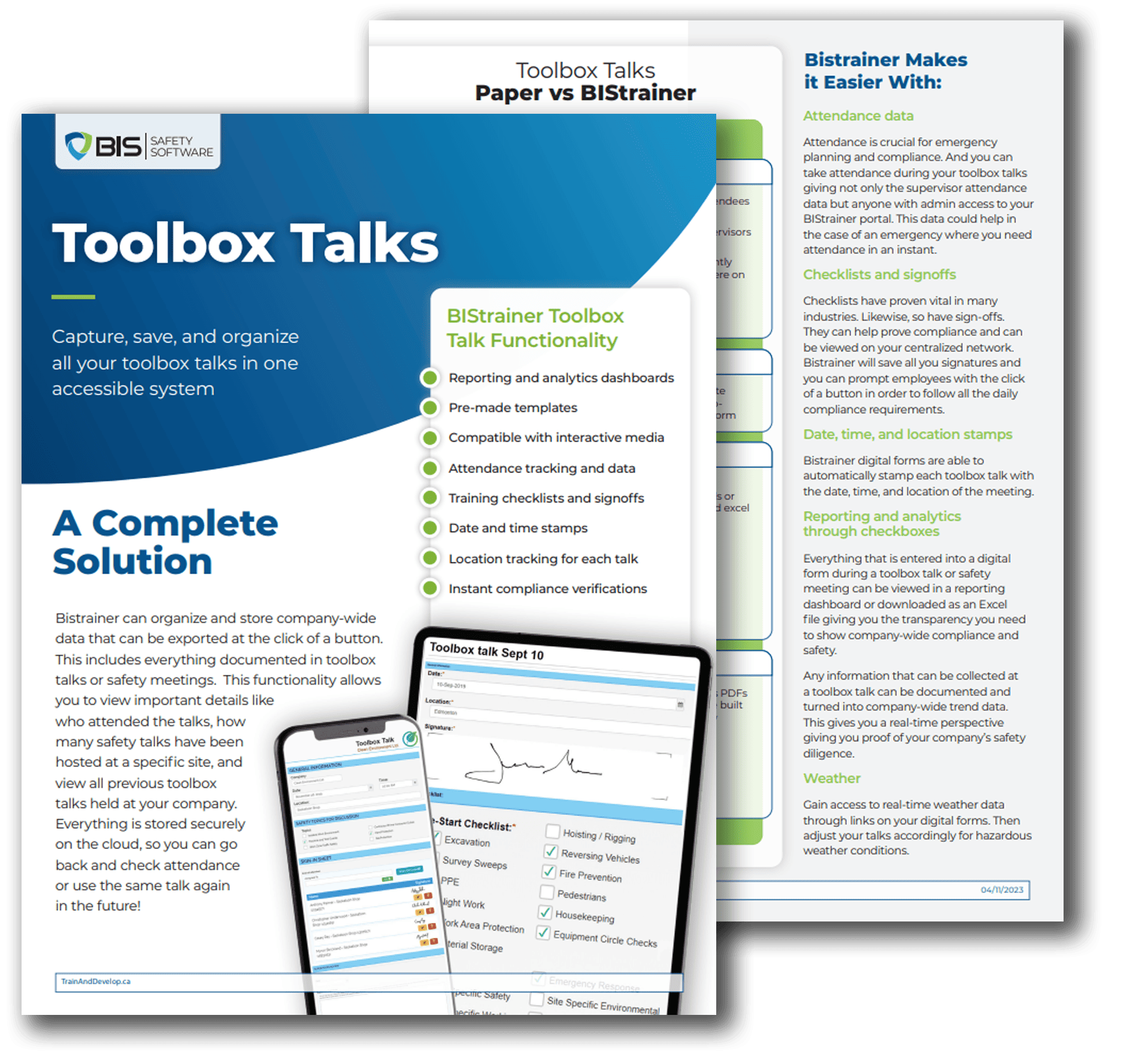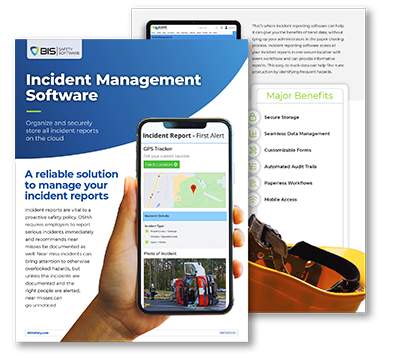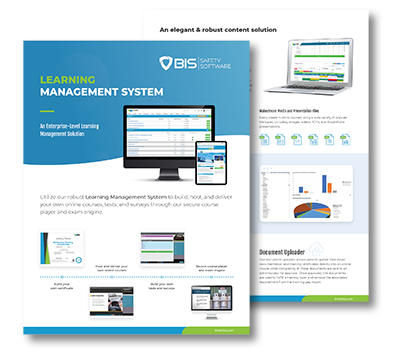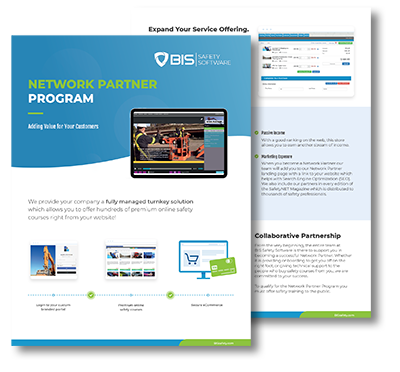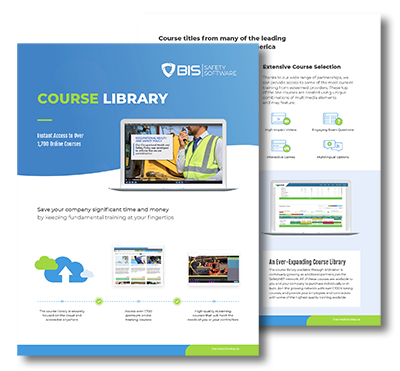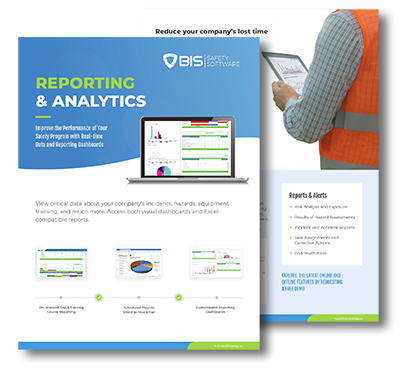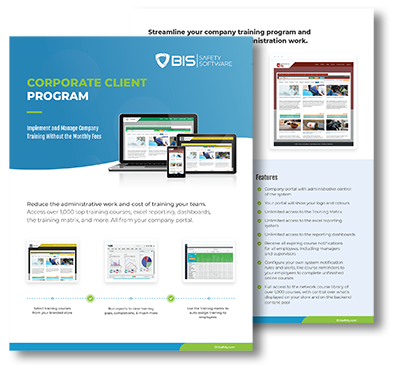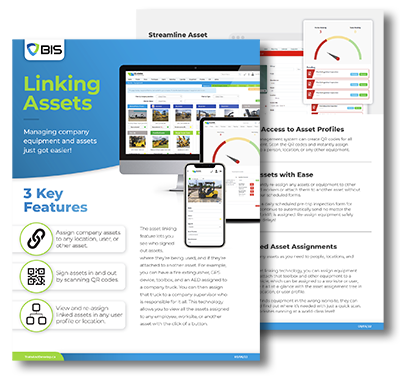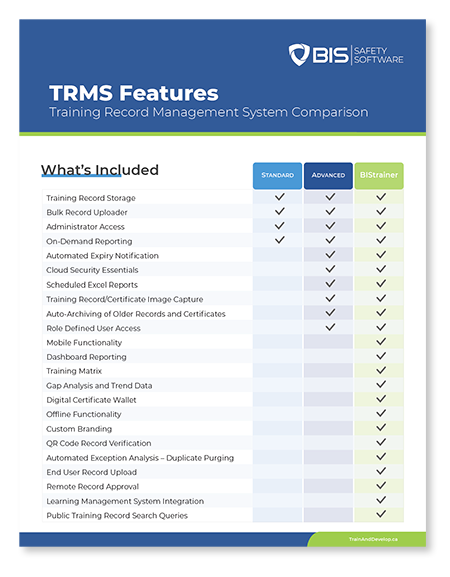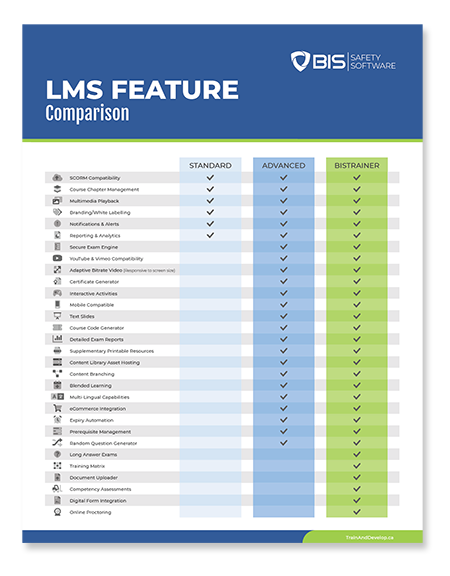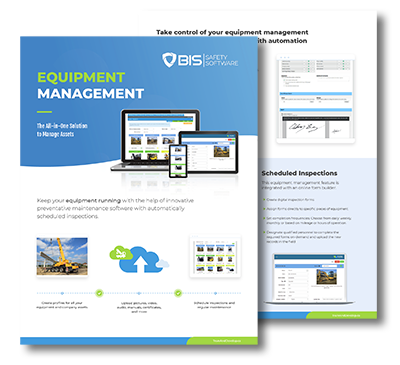Forklift Training - Online Course
Forklift Training - Online Course
This online Forklift Training course meets OSHA requirements, and it can help you keep operators and other personnel safe at work. Forklifts are described as powered industrial trucks by OSHA, and training requirements for their operators are covered in Standard 1910.178. Forklifts can be classified into several types: narrow aisle reach trucks, swing reach trucks, dock stockers, walkie rider pallet jacks, order pickers, variable reach, high-capacity forklifts, etc.
Forklifts are used in business sectors like warehousing and manufacturing, and they may not appear dangerous or difficult to handle at first. However, operating a forklift is very different from driving a car, and specialized training is required. The following are some possible accidents when a forklift is not used safely:
- Both the truck and its load can cause severe injuries.
- When the forks or load are not handled properly, they can cause stacked materials to fall.
- Electrocution can occur if the forklift makes contact with a power source.
OSHA also requires forklift operators to be evaluated every three years. During an evaluation, the examiner will normally observe the forklift operator at work and then ask specific questions. Refresher training is only required under certain conditions.
Employing a forklift operator without the required training and certification is a violation of OSHA standards, and fines range from $5,000 to $70,000. Companies must be aware that a forklift operator cannot be considered qualified based on experience only – training and evaluations are mandatory.
OSHA Training Requirements for Forklift Operators
OSHA Standard 1910.178 provides a list of minimum topics that must be covered when training a forklift operator. The list includes topics related to the truck itself and workplace aspects. The standard also describes how to keep a record of operator training, and the cases in which a refresher course is required. OSHA allows forklift operation by trainees, but only under the direct supervision of a qualified instructor, and where the operation will not put anyone at risk.
Truck-related topics include operation, precautions, controls, instrumentation, forks, attachments, inspection and maintenance. OSHA also requires operators to be trained on engine operation, steering, maneuvering, refueling/recharging, visibility, rated capacity, stability, and forklift limitations.
Workplace-related topics include surface conditions, pedestrian traffic, restricted spaces, hazardous locations, ramps, slopes and environmental hazards in general. Forklift operator training also covers the types of loads and how to manipulate them safely.
Unlike operator evaluations, which are mandatory at three-year intervals, refresher training is only required under certain conditions:
- When an operator is observed using a forklift in unsafe ways, or after a poor evaluation.
- After an operator is involved in an accident or near-miss.
- When an operator is assigned a different type of truck.
- After workplace changes that may affect the safe operation of forklifts.
Companies must certify that their forklift operators have been trained and evaluated as required by OSHA. The certification must include the operator’s name, training date, evaluation date, and the name of the instructor or examiner. There may be additional training and testing requirements when forklift operations are particularly dangerous or complex.
How to Operate a Forklift Safely
The main challenges for new forklift operators are getting used to rear-wheel steering, and keeping loads stable. Unbalanced loads and damaged pallets are especially dangerous, since they can easily destabilize a forklift. Operators should also be aware of uneven surfaces, which may affect stability.
New operators must be aware of some common mistakes that often cause accidents:
- Traveling with a raised load.
- Forgetting about the right-of-way.
- Turning or lifting without a proper technique.
In general, forklift operators should meet OSHA requirements and any applicable regulations, while following manufacturer instructions and company policy. They should also wear suitable personal protective equipment (PPE).

Course Topics
The online Forklift Training course is divided into the following topics:
- Basic Principles of Equipment
- Inspecting Equipment
- Operation Procedures
- Forklift Maintenance
After completing the online course, you will have gained the following skills:
- Identify the types of forklifts and their basic controls.
- Understand how the center of gravity affects stability, and the stability triangle concept.
- Describe how to conduct a pre-use inspection.
- Explain the correct procedures for parking and refueling
- Describe the maintenance needs of forklifts, and how to conduct a modification safely.
Universally Compatible

Duration
Average Completion Time
Completion times vary depending on the number of times the information is viewed prior to finishing the course. The average completion time is 60 minutes.

Testing
Knowledge Assessment
Testing is conducted in this online course to reinforce the information presented. You are provided three opportunities to achieve a passing mark of 80% or greater.

Certificate
Certificate of Completion
Upon successful completion of this course, a certificate will be available to download and print. You can access your certificate through your online account.


















